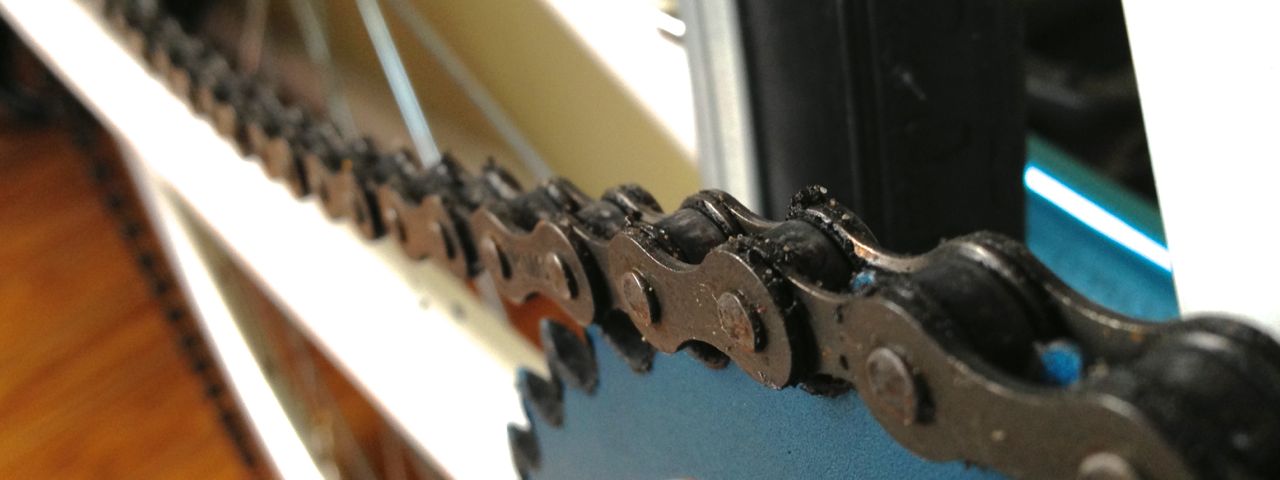Fighting link rot

I hate link rot. Going to an old website and clinking link after link only to have them 404 frustrates me to no end. It’s not an old problem, either. Back in 1998, Jakob Nielson reported that “6% of the links on the Web are broken”. I can’t imagine that number’s gotten any better in the intervening years.
Fortunately, as the webmaster of this particular blog, I’m in a unique position to ensure that my links don’t rot. A couple tools exist to help make checking all 341 links a bit easier. The W3C Link Checker works wonders, but it has some limitations. It only works in the browser, it isn’t highly configurable, and it’s hard to script or automate.
Behind the scenes, the W3C-LinkChecker Perl script does all the heavy lifting. It’s much more flexible than the browser-based solution, but its output is pretty chatty and leaves a little to be desired. In particular, it complained about my social widgets on every single page it scanned.
I got tired of combing through that output for pertinent problems
and decided to write my own link checker. It exploits a couple
characteristics of my data: all of my posts are in Markdown, all
of my links are in footnotes, and all of my footnotes are numbered.
Those facts make finding links as easy as grep '^\[[0-9]*\]:'
_posts/*.md. The script outputs:
./_posts/2011-10-23-hello-world.md
✖ http://pages.github.com/404!
✓ http://mercurial.selenic.comThe script found 127 bad links, which I fixed in one fell swoop. Most of them were easy fixes, like adding or removing a trailing slash. Others were bona fide 301s or 404s. I fixed the redirections by following them until they stopped, which was easy enough. Some of the missing links could be found again, like Amazon’s Python S3 library, which is now known as boto. For the ones that couldn’t be found, I either deleted them outright if they weren’t very important or looked for a suitable replacement.